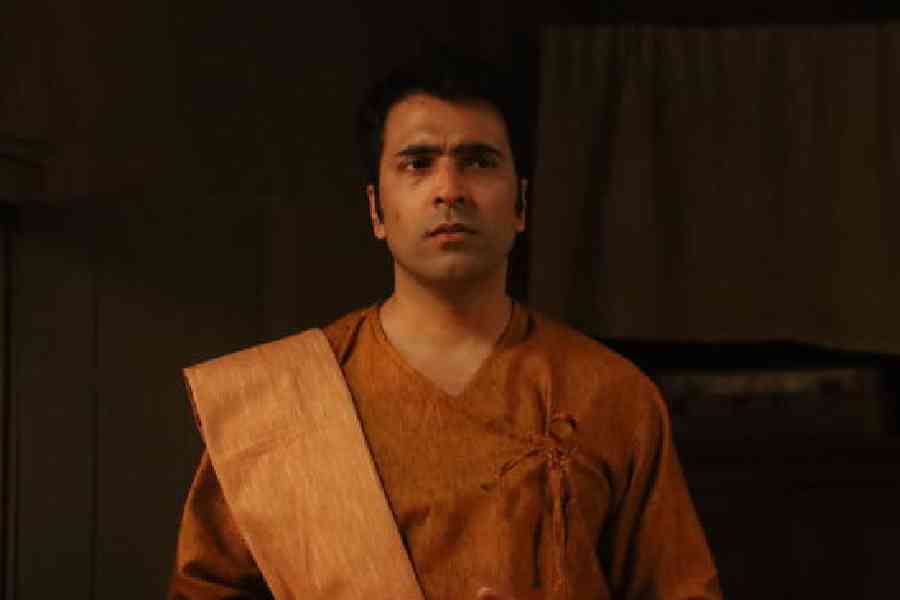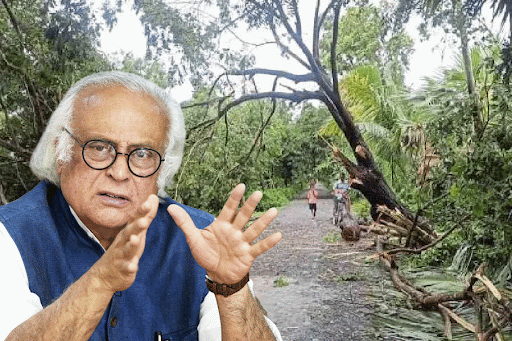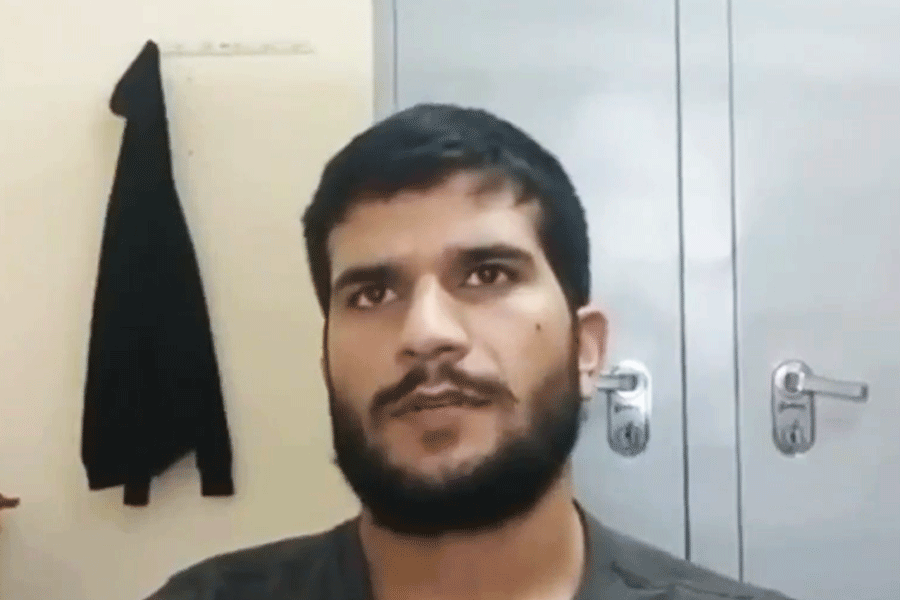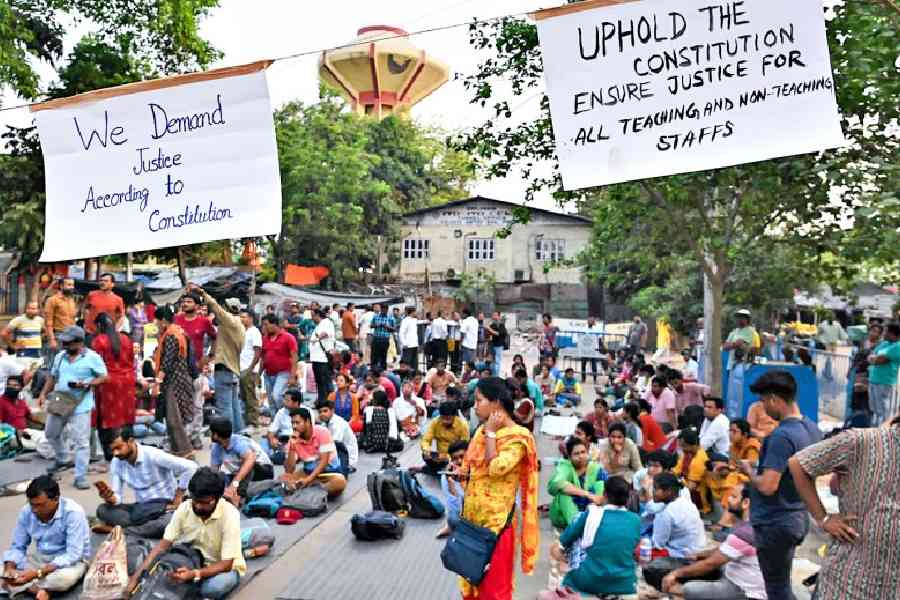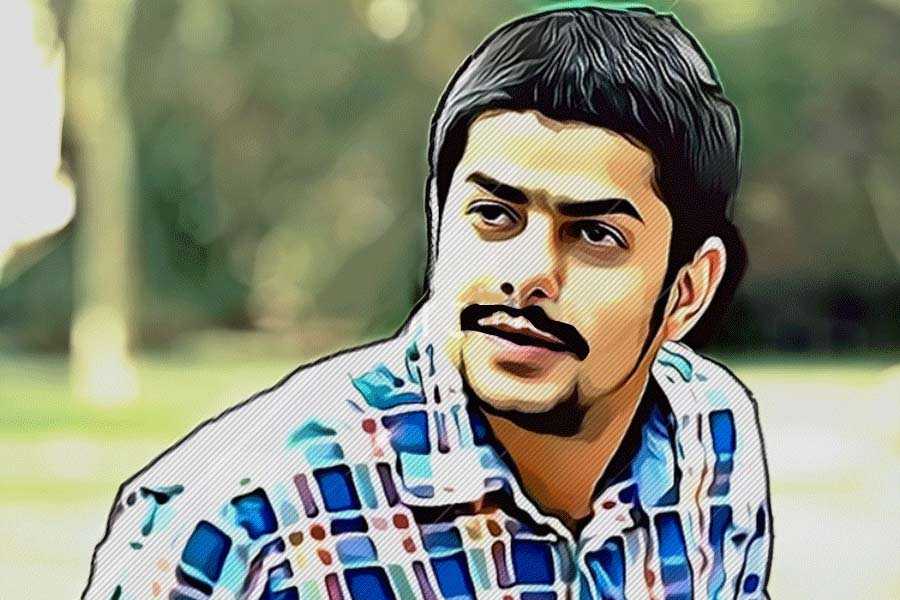Suman Mukhopadhyay’s film Putul Nacher Itikotha (The Puppet’s Tale) focuses on the microcosm of rural life — its natural beauty, the thoughts and beliefs of its people, and the socio-economic structure that is gradually decaying — as depicted in this classic work by Manik Bandyopadhyay. The protagonist Sashi’s inner conflicts, dreams, and desires, combined with his struggle against destiny and the circumstances that shape his fate, create an engaging narrative. A t2 chat with Suman...
Why did you decide to adapt this classic for the screen rather than for the stage?
My father, Arun Mukhopadhyay, had already adapted it for the stage a long time ago. However, I had always envisioned it as a film. We read many stories out of personal interest, but not every story leaves a lasting impression. In the case of Putul Nacher Itikotha, the story has stayed with me for 15 years. I’d done literary adaptations for the stage and in films before. My first film, Herbert, was also adapted from Nabarun Bhattacharya’s novel. Literary adaptation is a familiar territory for me.
When a story lingers in my mind for so long, I begin to see it visually. I could visualise this as cinematic content. When transitioning from a novel to a different medium, it compels one to express it. In the case of Putul Nacher Itikotha, I’ve been nurturing this desire to bring it to the screen for almost 15 years. This gave me ample time to develop the concept.
The novel features many characters. Did you experience any inner conflict when choosing the characters?
Adapting a story for the screen involves a different visual language. A novel can describe a landscape in a paragraph, but in film, it can be condensed into a single shot. With characters, a novel allows for pausing one character’s story to shift focus to another. However, film is inherently character-driven. You must follow one character for the audience to empathise with or relate to them. The choices I made regarding characters, moments, and events were fundamentally focused on conveying the story of Sashi, the protagonist. I’ve explored Sashi’s immediate relationships with other characters like Kusum, Jadav Pandit, Sen didi, and others. That was my cinematic approach. I concentrated on Sashi’s mental landscape. This is true for many literary adaptations across different cultures, whether it be Pather Panchali, The Godfather, or A Clockwork Orange. Bengali literature offers a vast array of stories suitable for adaptation, and for many, these stories are deeply integrated into their childhood experiences. We grew up reading these stories.
What was it about Sashi that resonated with you?
Not only me, Sashi’s character resonates with everyone because it touches on the basic human experience of decision-making. He arrives in the village planning to stay briefly but faces significant decisions before potentially travelling abroad or returning to Calcutta. He becomes entangled in various events and interactions with different characters. There are two key aspects — one is destiny, influenced by planetary movements, and the other is the decisions one must make based on human circumstances.
There’s a dialogue in the film where Jadav Pandit emphasises that achieving success requires the ability to make strong decisions, which can sometimes seem cruel. In Aparajito, a young boy chooses to leave his sick mother in pursuit of his education in Calcutta. In contrast, Sashi struggles to make a decisive choice and finds himself stuck. While he continues to work, his dreams get shattered. This dilemma is the main focus of the film, aligning with what Manikbabu conveyed in the novel — we are not only puppets of our destiny but also of our decisions. In many situations, we make wrong choices and missteps. I see aspects of Sashi in myself…
We’ve always perceived you as a decisive person. How do you relate to Sashi’s indecisiveness and inner conflict?
Yes, I believe that decisiveness often emerges from deep inner conflict and self-reflection. This struggle is what makes Sashi a modern and ‘progressive’ character. Sometimes, he fails to make significant life decisions. Jadav Pandit’s death presents a complex interplay of homicide and suicide. He claims he will die on a particular date. When people learn of this, they rush to him, yet Sashi remains a silent observer, knowing it’s scientifically impossible to predict one’s own death. His silence reflects his indecision. He could have vocalised his thoughts, but feared being misunderstood in the crowd’s emotional frenzy surrounding Jadav Pandit’s death. Personally, when faced with choices, I engage in considerable preparation and struggle internally, which makes me relate to Sashi.
You’ve set the story against the backdrop of World War II. What motivated this change?
Yes, this is a significant aspect of the film. The novel was completed in 1936, but I chose to transpose it to 1942. I wanted to illustrate the stark contrast between the stagnant village of Gaudia, where people have stopped in time and are still caught up in the whirlpool of their own traditional thoughts, whereas the world is moving ahead. Russia is in power. There is a mention of Stalin, where a person is reading out the newspaper to fellow villagers. Maybe one newspaper reaches the village, and the village people gather around to read it and also reflect on the outer world together. 1942 was more eventful in world history than 1936 or 1937. That’s why I transposed the story to that time frame.
Nature plays a very important role in the film. How did you choose your locations?
Since this script has been with me for 15 years while I worked on other films, I travelled a lot, and wherever I went, I looked for places that would be suitable for making a tilla or a taalpukur. I kept a record of these locations. When it was time to scout for locations, I reviewed the collection of photographs I had taken over the years. This made my location scouting much easier because my homework was already done. Strangely enough, when I returned to those places after 10 years, they remained the same. It seems that change is happening everywhere, but some areas are remarkably unchanged. We explored various parts of Birbhum but avoided the red soil, as it would be too obvious.
The film is being shown to audiences in 2025. What was your idea behind using allegory or metaphors to convey moments of romance or intense passion?
I believe that when you see a romantic moment, it often leads to graphic interpretations in today’s cinema. I wanted to avoid that because it’s my responsibility to tell the narrative from the writer’s point of view. For example, in the famous iconic dialogue, “Shorir! Shorir! Tomar mon nai Kusum?”, I found myself stepping away from the characters and focusing on nature with my camera during that line. It’s one of the biggest riddles in Bengali literature — was Sashi actually speaking those lines, or was it a comment from the author? This ambiguity intrigued me. I responded to certain moments in the novel by keeping my focus on nature, as the narrative is deeply integrated with the environment. Water and greenery are vital to the cinematographic style of the film. I aimed to blend the human experience with the natural surroundings.
The film features an ensemble cast with strong actors. How did you approach casting?
Whenever filmmakers write a script, they often have someone in mind for the roles. They envision the height, colour, texture, and overall look of the characters. I had a clear vision of how Sashi and the other characters would appear. During casting, I tried to match that vision based on what I had imagined. I sometimes drew photographs or collected images from my research to create an image of how my characters would look.
Though the novel was written in the 1930s, the superstitions and conflicts feel very relevant and relatable to today’s audience…
Think about the pandemic; it revealed much about the human psyche. During that time, people were anxious and often resorted to unconventional methods for healing. Even advanced institutions are perpetuating beliefs tied to mythology. This situation causes people to relate to superstitions in the film deeply. People are observing the society we live in, which is becoming increasingly regressive. They see the coexistence of the markers of modernisation, like flyovers, alongside the persistence of superstition.
Did you intend to make a political statement?
Look, politics can sometimes be overt, right? They talk about certain issues. However, in this film, it’s mostly about society and the relationships we have. We explore the connections between people, and how our social structures influence our relationships and decisions. Therefore, I wouldn’t categorise it strictly as a political film. When discussing society, it has its own internal politics that are distinct from broader political contexts. Ultimately, the film tells the story of the human condition and how we perceive civilisation and our existence. That’s what’s truly important.
What was the most challenging part of shooting this film?
The scene where Jadav Pandit is dying was particularly difficult to handle. The entire scene was shot in the rain, which added complexity. Jadav Pandit and his wife wait in the rain, knowing they’re going to die. That scene presented a significant challenge during filming.
The film had its international premiere at the International Film Festival of Rotterdam. What are your expectations from the home audience?
So far, we’ve received a very positive response at the box office. People are enthusiastic; we’re moving from one auditorium to another and engaging with audiences. Yes, I believe that if people appreciate the film, word-of-mouth promotion will be the most effective strategy. When viewers tell others to go watch the film, that really helps. We’re also trying to reach as many people as possible through social media and other promotional efforts.

